Ah ha, I intended to do this podcast without music, unsure if people like the music I use or not. But I couldn’t manage it. When I heard this it was like, this is it! This is the rhythm of the river; or the rhythm of the natives living around the river more accurately. If you haven’t listened to the podcast version, I recommend it. It’s 11 minutes.
You can download the podcast app or play it from the website, or you can play it directly from the email, just hit the play button. Put on the headphones and move with the groove, dance around the house, go get groceries in the car, pick up the kids at school with the African Chill Out music on. It will change their lives forever.
The natives who lived around here for untold thousands of years (untold because no one has bothered to do the deep archaeology in the Olmos Basin where they lived that would give us some clues to how long that was), they called the river Yanaguana, meaning spirit waters or peaceful waters. At least according to the Spanish explorers. They were prone to exaggeration and misinterpretation in their never ending search for gold and glory. They also reported that the spring rose up out of the earth like a fountain higher than a man on a horse.
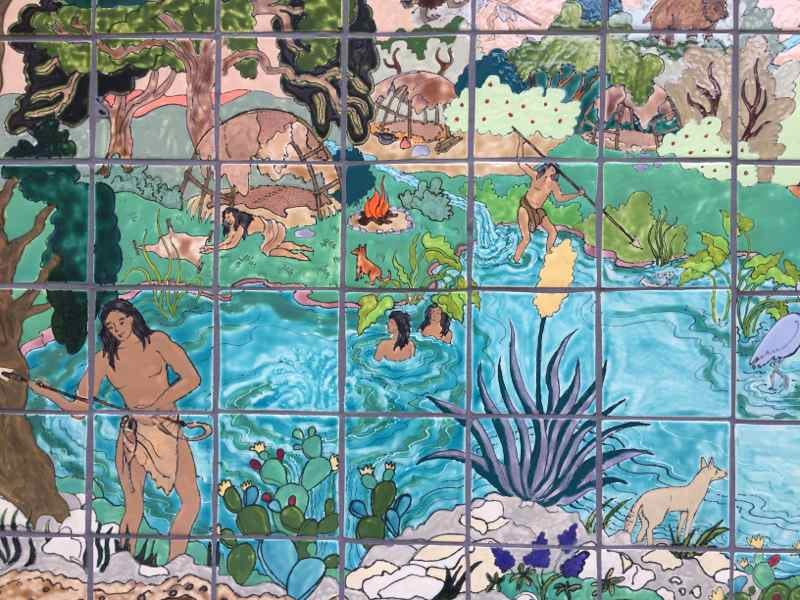
Actually the whole place, the river, the spring, the watershed, the groovy nooks, the forests, the plants and the animals were all part of Yanaguana. It was all enchanted, it was a gift from the gods. This is where they worshipped Mother Nature herself in the form of that fountain spring - now it’s in the backyard of the University of the Incarnate Word. How ironic is that? Where the ancient people hunted and fished and gathered river reeds for their baskets, there now stands an HEB Central Market where you can shop for fresh seafood, beef brisket, tortillas and toilet paper.
I don’t know if anybody can really imagine 200 million years ago, that was back in the dinosaurs days, but that’s where the story of our river begins.
There was a shallow sea covering part of Texas then and the marine organisms that lived and died there built up a thick layer of calcareous sediment as they fell to the bottom of the ocean floor. This sediment slowly hardened into limestone and over the course of millions of years, was weathered, tilted and buried hundreds of feet underground to become the Edwards Aquifer which today extends from Brackettville in the west to Austin in the northeast. It’s one of the largest and most productive aquifers in the world.
The springs that drive the San Antonio river come out of this aquifer. Well, they used too. Jumping ahead 200 million years, 20,000 years of human occupation (more or less) a European invasion, urban development and now the river flows out of the water treatment plant into the river channel at a location just behind the Witte Museum.
The spring, known as the Blue Hole, the source of the San Antonio river, is dry. Unless there is a massive amount of rainfall to raise the level of the aquifer the Blue Hole is a gray and empty hole.
It’s sad and it’s tragic but ever since the early 1900’s when they started drilling wells into the aquifer for the growing city, the spring flow has steadily declined and ultimately dried up altogether.
In fact the ‘river’ became a neglected drainage ditch, an eye sore, a sewer. And then when there was copious amounts of rain it would fill up and flood the downtown from all the arroyos that fed into it.
They straightened it to control the flooding. They built a dam above the spring where Olmos Creek and it’s watershed flows down to meet it. Curiously enough it was during construction of the dam that they discovered what is thought to have been the main encampment of the early people. Archaeology with a bulldozer.
Fortunately back in the 1930’s some far sighted civic leaders saw the potential of reviving the river for its historical value and to accompany the Alamo as a tourist attraction and they began building the River Walk. It was a WPA project during the depression era and had the added benefit of putting people to work. Eventually they expanded it to the north and the south from downtown, made the river crooked again, put the rapids back in, and planted native trees and grasses along its banks. Now it looks pretty cool.
You can go kayaking and fishing (but not swimming). You can stroll to museums, you can visit the old Spanish missions built along the river, for obvious reasons, 300 years ago.
So while other cities may have real rivers like the Willamette in Eugene (hi Mary Ann) we have an artificial one that is chock full of history and is actually really beautiful. Go figure.
There’s a 24’ diameter tunnel that runs underneath the city from north to south and connects or diverts the water flow as needed to keep the level nice and trim. No more floods. The downtown is packed with restaurants and shops right along the river bank and it doesn’t change its level more than a few inches. Except for when they turn it off in January to clean the old tires and spent cell phones and accumulated muck out of the bottom of the river bed.
One more note. Yanaguana Playground downtown is dedicated to the memory of the old enchanted Shangri-La inhabited by the Payaya Indians. Here you can swing, climb, dance in the fountain, build rivers and cities in a giant sandbox and hang out in a hammock. Also there are chickens.
It’s amazing to me how many changes have happened to this place and yet the spirit of it remains. It’s still a sacred site and San Antonio is still a special place. Still a pilgrimage destination like it ever was. People still come to the river, gather at the convention center, drink margaritas on the River Walk and celebrate good times.
They just don’t know it but it’s been happening here for millennia. They might feel it though. I do. The river winds its way to the sea and above Father Sky looks down, below Mother Earth looks up, bemused I suppose, but as it always was.
music :: Cafe De Anatolia / African Chillout Music (Mix by Billy Esteban)





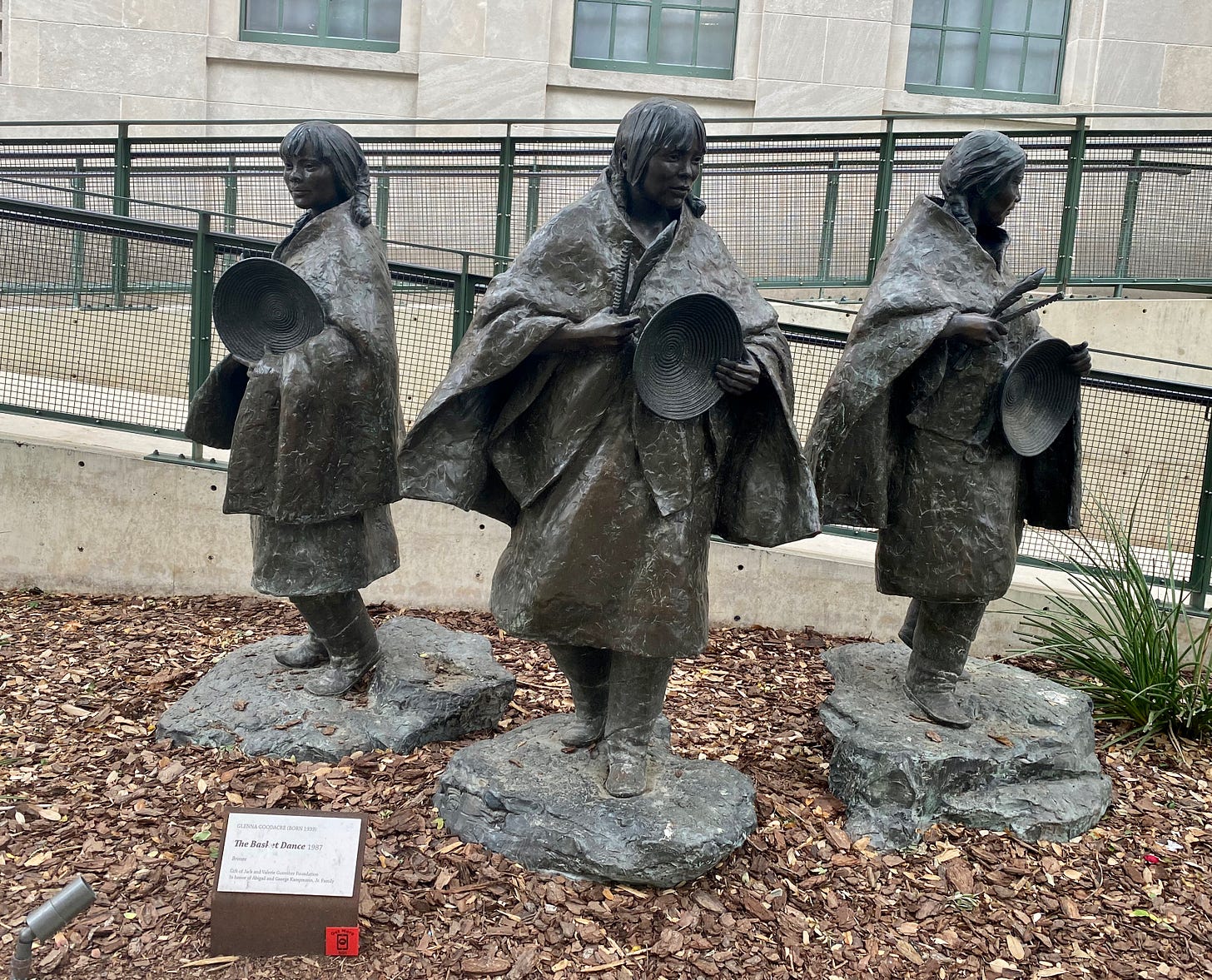
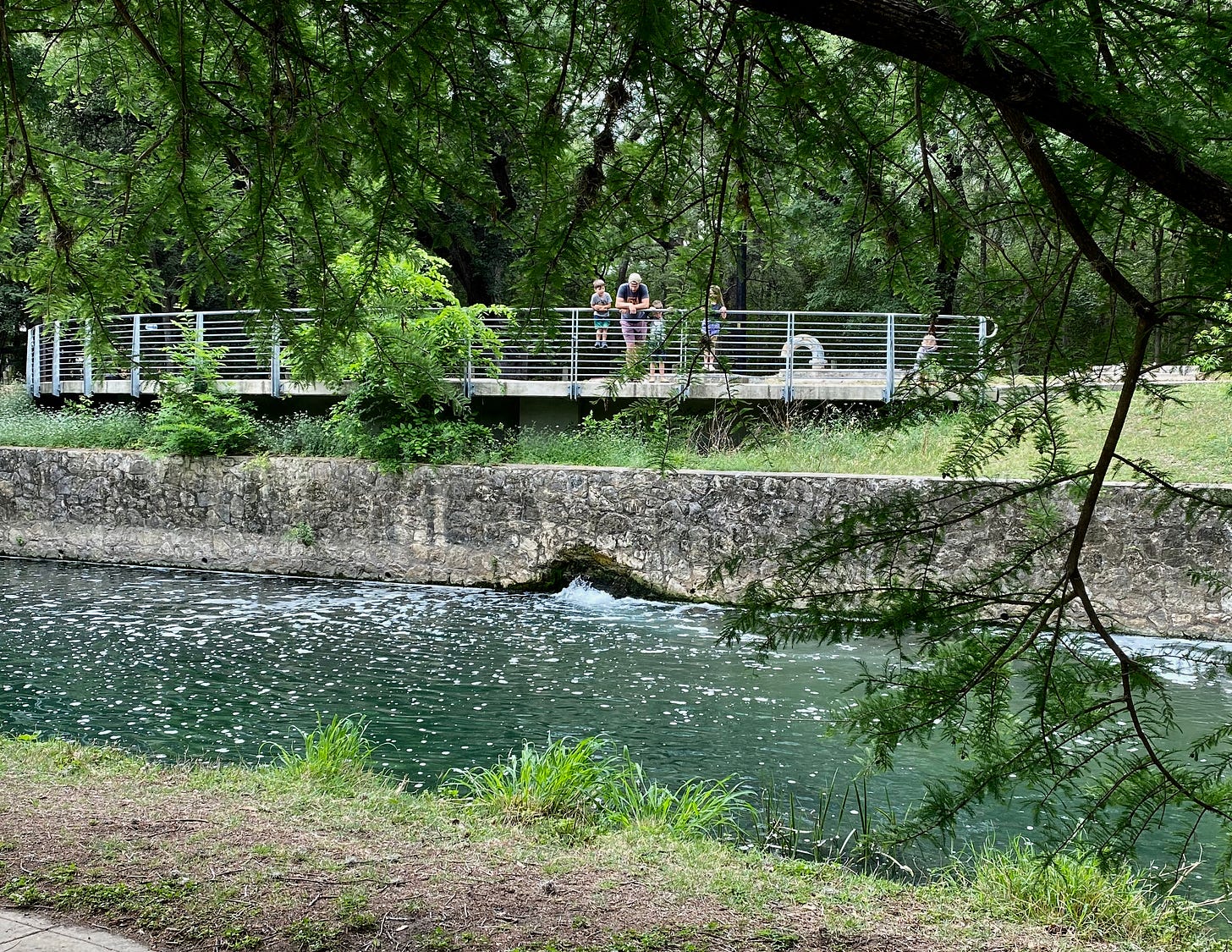
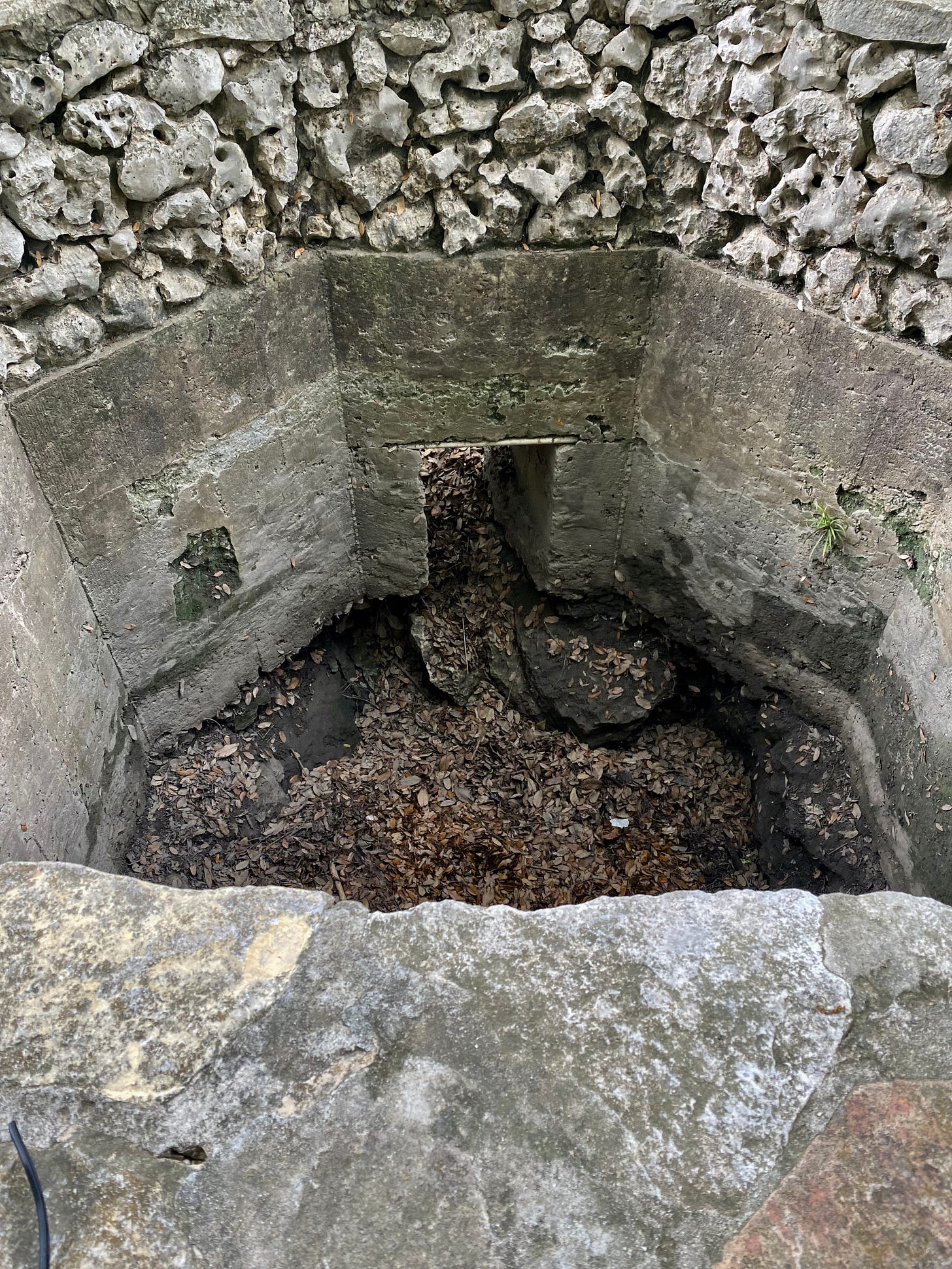

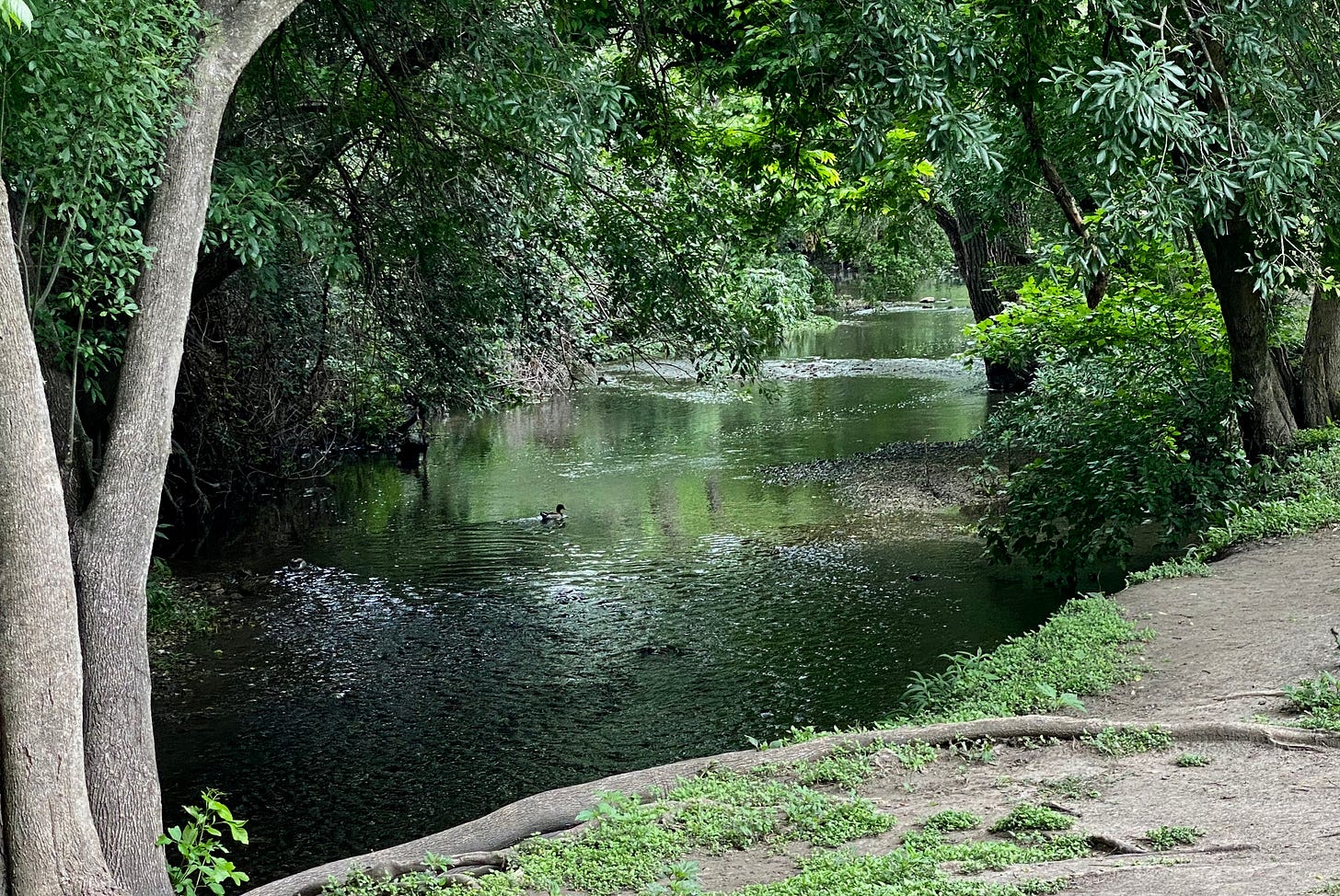
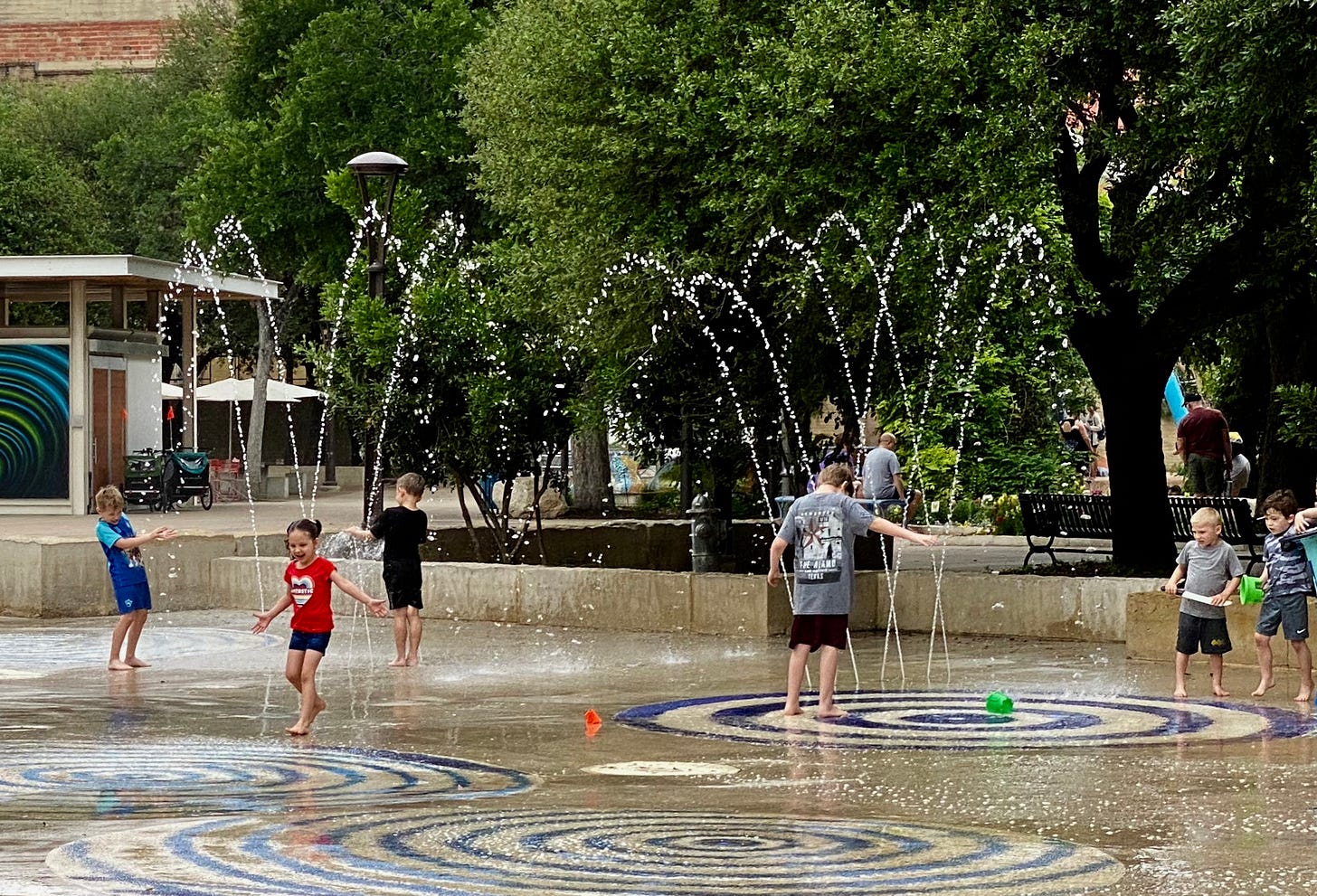
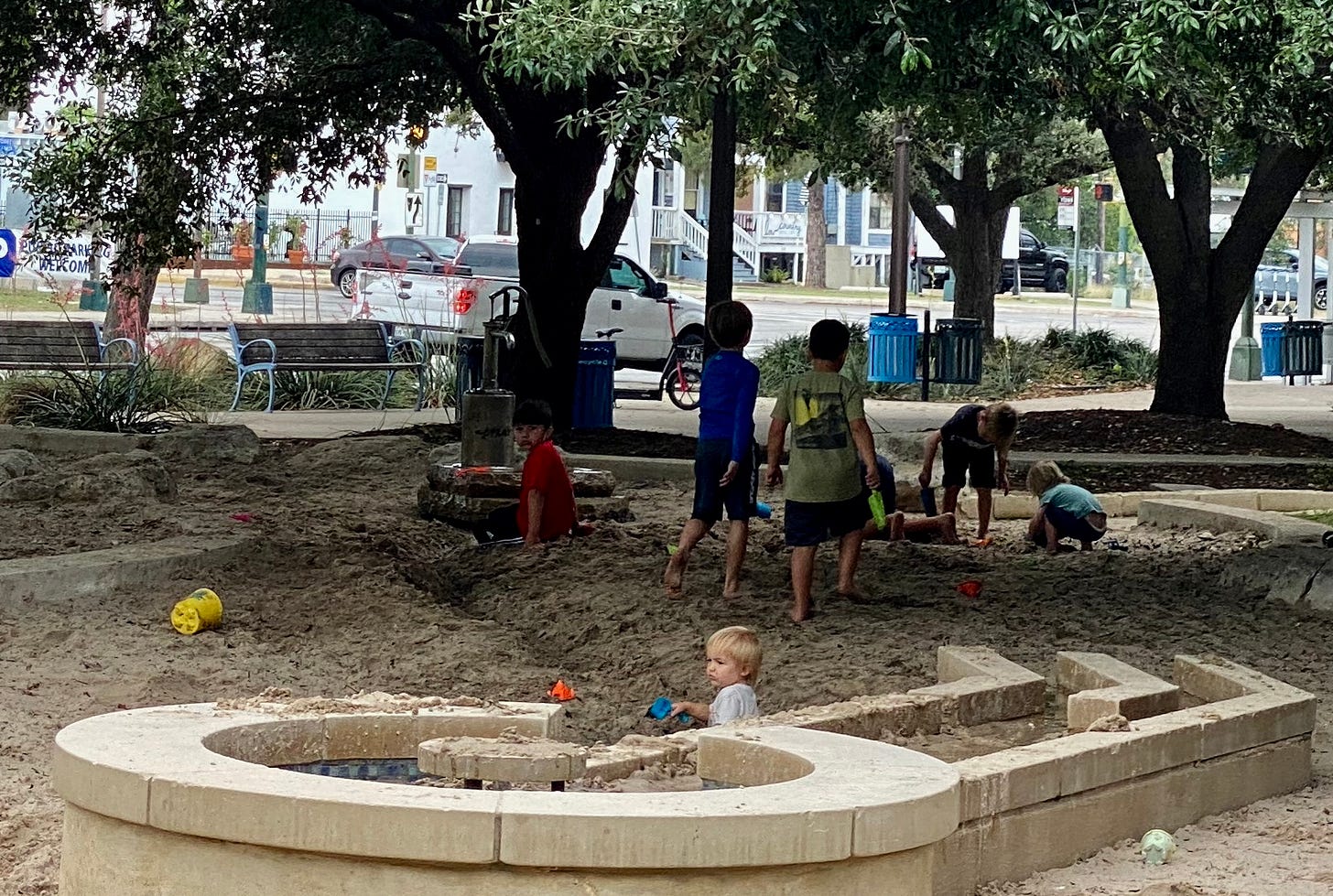
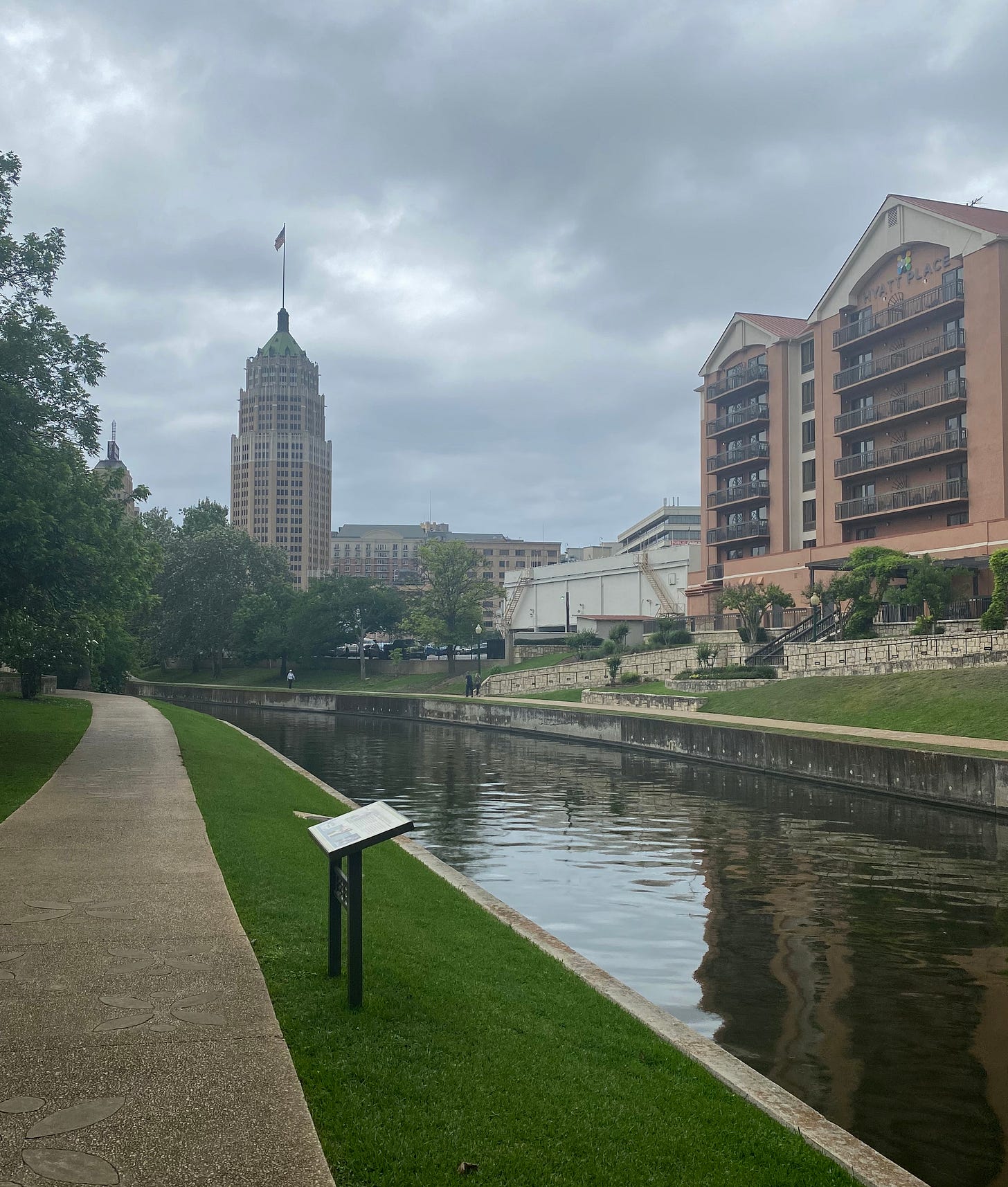



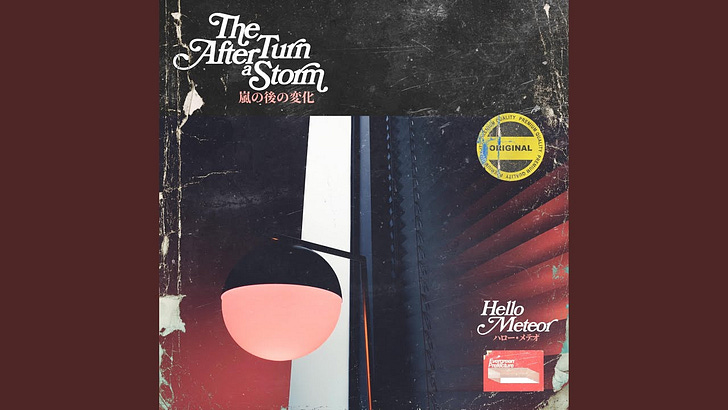

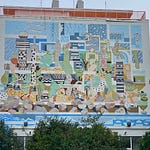
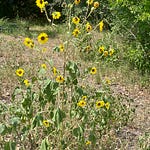
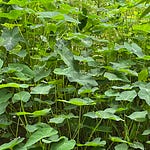

Share this post